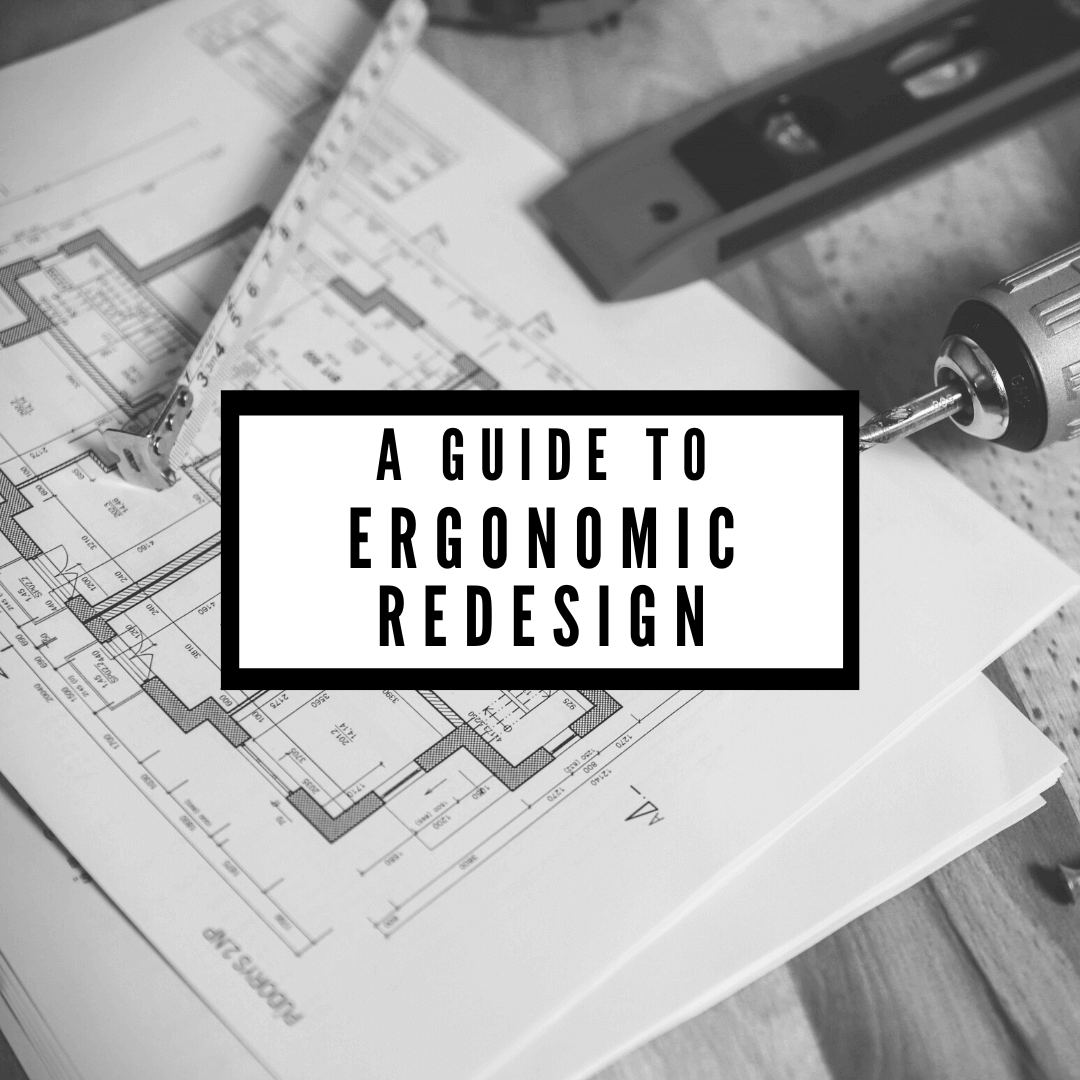Analyze, Evaluate, Implement
More often than not, most ergonomics concern is with making sure all work is done in a “safe” fashion, concerned mainly with keeping the demands of the workplace within the physical capabilities of the workforce. Occasionally, ergonomics expands to consider a situation when a worker brings forth an issue that is entirely outside of musculoskeletal discomfort.
If we were to surrender and say that such problems are something we cannot fix, we would be missing a huge opportunity to show employees that their input is valuable in the workplace. This is a moment when we can see that ergonomics can benefit organizations in a much broader sense.
Human errors have always been an element within the manufacturing world. Whenever there is a human error, it is critical that we take the opportunity to examine the situation. First, we ask Is this a repeated mistake. If so, there is likely an underlying cause. Like the employees are working as cogs in a wheel that was not designed to suit them. Perhaps it is not due to a defective machine, but rather, a defective process. Perhaps one of the employees is being overworked and needs additional help, or perhaps the design of the shop floor creates a bottleneck because of the flow of goods.
In a manufacturing environment, oftentimes it seems easier to attack a problem with personnel rather than taking a moment to see how the flow or the process can be improved. When we take the time to thoroughly analyze our processes and evaluate the situation at hand, we see clear solutions emerge, often in the form of ergonomic implementations needed. Whether it be adjustable height workstations, work positioners, or transportation solutions, ergonomic solutions present unforeseen benefits that can pay large dividends for any company looking to increase efficiency and productivity.
There are an infinite number of unforeseen benefits that ergonomic implementation can provide. Even if they are difficult to quantify unlike the direct correlation to time saved and losses prevented due to ergonomic intervention, they are no less real than their quantifiable counterparts.
Whenever a consistent defect or error is seen in a production or manufacturing process, its vital that we take a deeper dive into the issue. More often than not, ergonomic implementation will not only solve the particular issue, but it will also increase the overall efficiency of the production process. Ergonomic intervention will provide a plethora of benefits, both seen and unseen. Therefore, when you when you encounter a problem on the work floor, be quick to analyze, evaluate, and implement needed solutions.


